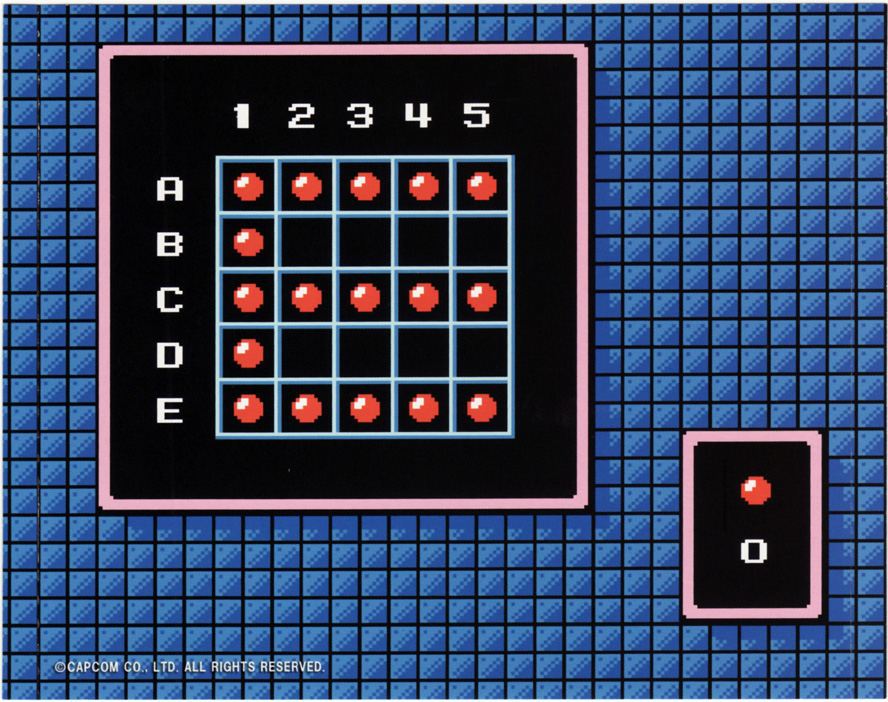

In 1993 the NES 101, a cost reduced version of the NES was released, removing the composite output and lowering the price to $49.99. This later led to an official partnership between Dendy and Nintendo. Other clones were unlicensed, like the Dendy console, made in Taiwan for the newly accessible Russian market where it was legal due to a lack of Intellectual property laws at the time. Some regions such as India saw officially licensed versions of the NES released under other names. The Famicom Tiler was jointly launched by Nintendo and Sharp in 1989 at a cost of 43,000 yen, and added video editing features and S-Video to improve screen captures for media outlets. The 1989 television show Captain N was used to promote Nintendo products. These first markets were picked to see if the NES could survive in difficult markets, and retailers were persuaded to carry the system by only needing to pay for systems sold, with unsold stock being fully returnable. The NES had a limited United States of America launch in New York City and Los Angeles October 15th, 1985, with a nationwide release a year later. This inspired other companies to make their own bypass, though methods that used a charge pump or negative voltage spike could damage the system. Later on in the system life, an Atari subsidiary would break the lockout protection used to enforce Nintendo's licensing, though this resulted in legal challenges.

These policies were a cause of friction between some developers and Nintendo. To avoid a repeat of the poor quality games that caused the crash, Nintendo required licensed developers to limit game releases to two a year, as well as to censor overt depictions of gore and other sensitive subjects.

To avoid negative associations with video game consoles following the video game crash of 1983, Nintendo used careful wording in its marketing to brand the NES as an "Entertainment" system, rather then a game console.
FAMICOM KEYPAD LAYOUT ROCKMAN TV
ġ983 also saw the launch of the Sharp Game Television (Also known as the Sharp Nintendo Television or as the Sharp C1 NES TV) which integrated a Famicom with a 19 inch TV costing 145,000 yen or a 14 inch TV that cost 93,000 yen. Internationally the NES received significant challenges from the Sega Master System particularly in South America and Europe. Fearing the word "Nintendo" might become a generic trademark, Nintendo promoted the word "Game Console" instead. In the United States the NES was a dominant player in the market, and was so popular that it began to alter how people discussed gaming, with many people using the word "Nintendo" to describe video games in general for a time, even those not made by Nintendo. The NES saw its American release in 1985, and European release in 1986. Nintendo later released the similar Nintendo Entertainment System (NES) to international markets. The Family Computer (Famicom) was released in Japan on Jat a cost of 14,800 yen. This technical choice had an additional unexpected effect of attracting developer Satoru Iwata to the system, who would later become a key developer at Nintendo, and later serve as its president. Nintendo was able to further optimize the cost of the CPU by placing a very large bulk order with Ricoh, who had an underutilized factory at the time. Plans for the system originally called for a 16-bit CPU but a more economical 8-bit CPU was chosen. This was part of a larger strategy in which Hiroshi Yamauchi decided to reinvest profits from the Color TV Game and Game and watch systems into further game products. Development was lead by noted engineer Masayuki Uemura, who was asked to develop a new more competitive and advanced home gaming system by Nintendo President Hiroshi Yamauchi during a phone call to the Uemura house. The Famicom, and by extension the Nintendo Entertainment System, was proceeded by the Color TV-Game Series. The iconic North American NES and controller.


 0 kommentar(er)
0 kommentar(er)
